It’s that time of year again. The leaves are changing colors and falling off the trees, the weather is getting colder, and pumpkin spice everything is starting to pop up in stores. That means it’s also time for winterization! Winterizing your home can help you save money on your energy bills and keep you and your family safe during the cold winter months. But what if you’re not sure where to start? Don’t worry; this article got you covered with these winterization tips every homeowner needs to know!
Contents
- 1 Clean Your Gutters And Downspouts To Make Sure Water Can Flow Freely
- 2 Inspect Your Roof For Missing Or Damaged Shingles
- 3 Add Insulation To Your Attic To Keep The Heat In
- 4 Disconnect Garden Hoses And Cover Outdoor Faucets
- 5 Test Your Smoke And Carbon Monoxide Detectors
- 6 Protect The A/C Compressor And Pipes On Your Air Conditioner
- 7 Seal Up Any Cracks Or Gaps Around Windows And Doors
- 8 Clean Your Chimney And Fireplace For Safe Use During The Winter
- 9 Install Storm Windows
- 10 Follow These Winterization Tips Today!
Clean Your Gutters And Downspouts To Make Sure Water Can Flow Freely

As the temperatures drop and the leaves begin to fall, ensuring your gutters and downspouts are clean is essential. Clogged gutters can cause many problems, including water damage to your foundation, basement flooding, and roof ice dams.
Ice dams occur when the water from melting snow cannot drain properly and instead backs up behind the dam, which can cause severe damage to your roof as the water freezes and expands. To avoid these problems, clean your gutters and downspouts before winter arrives. You may also want to consider installing gutter guards to help keep them clear throughout the season.
Inspect Your Roof For Missing Or Damaged Shingles
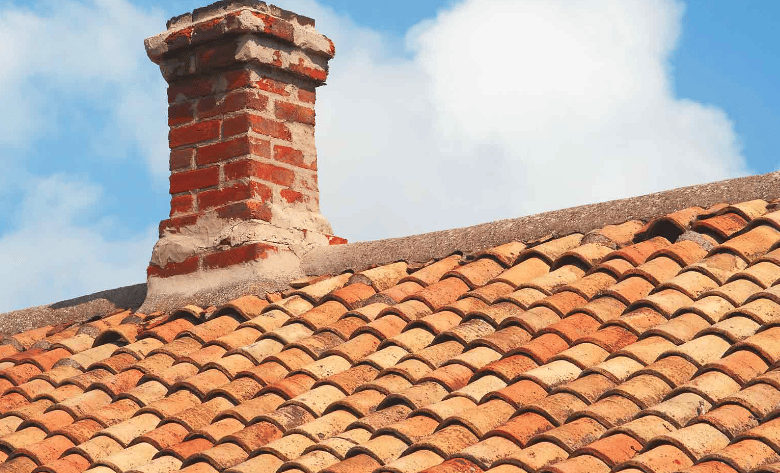
As the weather starts to cool and the days become shorter, it’s essential to take some time to inspect your home for any necessary repairs or maintenance. One area that is often overlooked is the roof. However, this is one of the essential parts of your home, as it protects you from the elements.
Before winter sets in, inspecting your roof for any missing or damaged shingles is a good idea, which will help to ensure that your home is properly protected from snow and ice. If you find any damage, it’s essential to have it repaired as soon as possible. A professional roofing contractor can assess the damage and make any necessary repairs. By taking care of your roof now, you can help to prevent more extensive damage down the road.
Add Insulation To Your Attic To Keep The Heat In
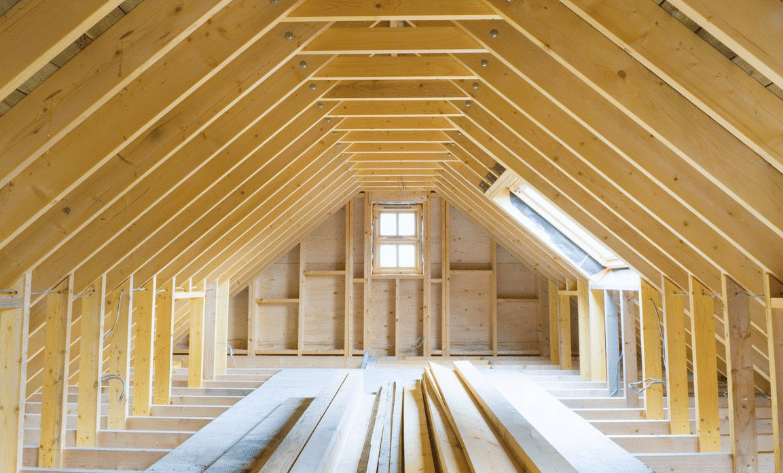
Winter is just around the corner, and now is the time to start thinking about how you can keep your home warm during those cold months. One of the most effective ways to do this is to add insulation to your attic. Attic insulation helps to keep the heat in your home from escaping through the roof.
Also, it helps to reduce drafts and keep your home more comfortable overall. Various types of attic insulation are available, so you can choose the one that best fits your needs. So don’t wait any longer; get started insulating your attic today and enjoy a warm and comfortable home all winter.
Disconnect Garden Hoses And Cover Outdoor Faucets

Every winter, homeowners across the country face the same problem: frozen pipes. When the water in a pipe freezes, it expands and puts pressure on the pipe walls, which can cause pipes to crack or even burst, leading to expensive repairs. One way to prevent this is to disconnect all garden hoses and cover outdoor faucets.
Doing this will ensure that any water left in the hose won’t freeze and put pressure on the faucet or the pipe. In addition, it’s a good idea to insulate any exposed pipes with foam insulation, which will help keep them from freezing, even if the temperature drops below freezing. By taking these simple steps, you can protect your home from costly damage this winter.
Test Your Smoke And Carbon Monoxide Detectors
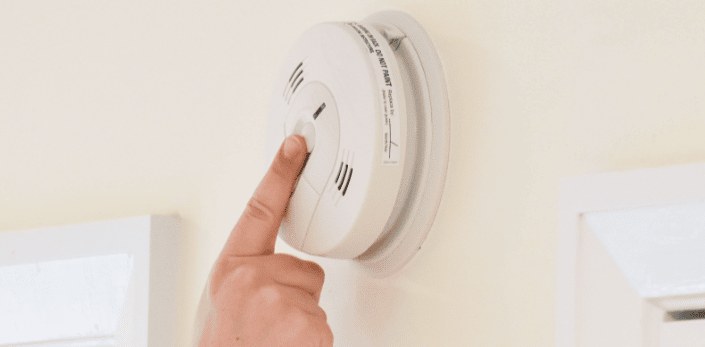
As the weather gets colder and you spend more time indoors, it’s essential to ensure your homes are safe from fire and carbon monoxide poisoning. Both can be deadly, and both are often undetectable without working detectors. So before the mercury really starts to drop, take a few minutes to test your detectors and replace the batteries if necessary.
It could end up saving your life. Smoke detectors are usually pretty easy to test – just press the button and see if the alarm goes off. If it doesn’t, it’s time for new batteries. Carbon monoxide detectors are a little trickier, but most have a button that will tell you whether they’re working correctly.
If not, again, it’s time for new batteries. Some models also have an expiration date, so if yours is more than a few years old, it’s probably time to replace it entirely. Either way, taking a few minutes to test your detectors now could end up being the most important thing you do all winter. So don’t put it off – do it today.
Protect The A/C Compressor And Pipes On Your Air Conditioner
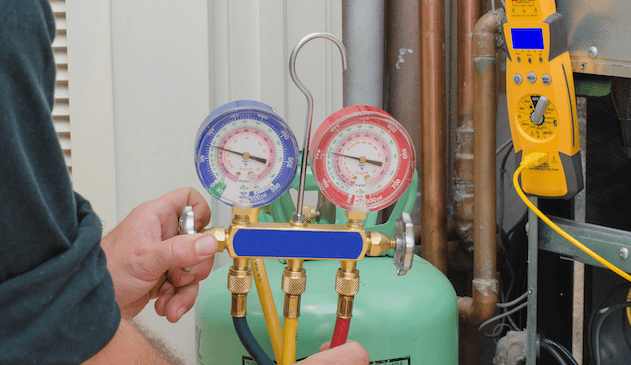
As the weather starts to cool down, it’s essential to take some steps to protect your air conditioner before winter comes. One of the most important components to protect is the compressor. The compressor is outside, and it’s what pumps refrigerant through the air conditioner.
If the compressor isn’t working properly, your air conditioner won’t be able to cool your home. You can help protect the compressor by ensuring nothing is blocking its airflow, such as leaves or dirt. You should also cover the compressor with a tarp or something similar to protect it from the elements.
Another protection component is the pipes connecting the indoor and outdoor units. These pipes are usually made of copper and can be damaged by freezing temperatures. To help prevent this, you can insulate the pipes with foam sleeves or tape. By taking these steps, you can help ensure that your air conditioner will be ready to keep you cool when summer arrives.
Seal Up Any Cracks Or Gaps Around Windows And Doors
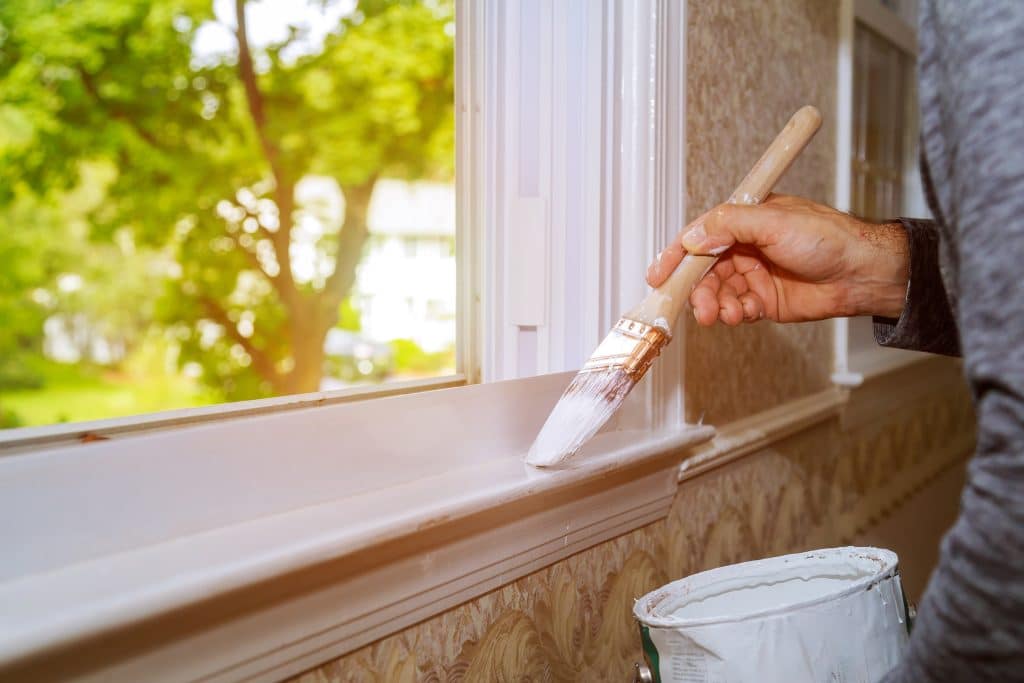
As the temperature drops, ensuring your home is well insulated against the cold is essential. One way to do this is to check for cracks or gaps around windows and doors. Even small openings can let in a draft, making your home feel colder and increasing your energy bills.
Sealing these gaps is relatively simple and can be done with caulk, weatherstripping, or even just a few pieces of tape. Once you’ve sealed up any openings, take a moment to test the seals by holding a piece of paper up to the crack. If the paper flutters, there’s still a gap that you need to fill. By taking the time to seal up your home now, you can stay warm and comfortable all winter long.
Clean Your Chimney And Fireplace For Safe Use During The Winter

As the weather gets colder and you start using your fireplaces more, it’s essential to ensure they are clean and safe. A dirty chimney can cause a fire, and soot build-up can also be a health hazard. There are two main ways to clean your chimney: you can do it yourself or hire a professional.
If you decide to do it yourself, you’ll need to buy some special equipment, including a brush and a ladder. The process can be messy and time-consuming, so ensure you’re prepared before starting. If you hire a professional, the professional will have the necessary equipment and experience to complete the job quickly and efficiently. Whichever option you choose, make sure you clean your chimney before you start using your fireplace this winter.
Install Storm Windows
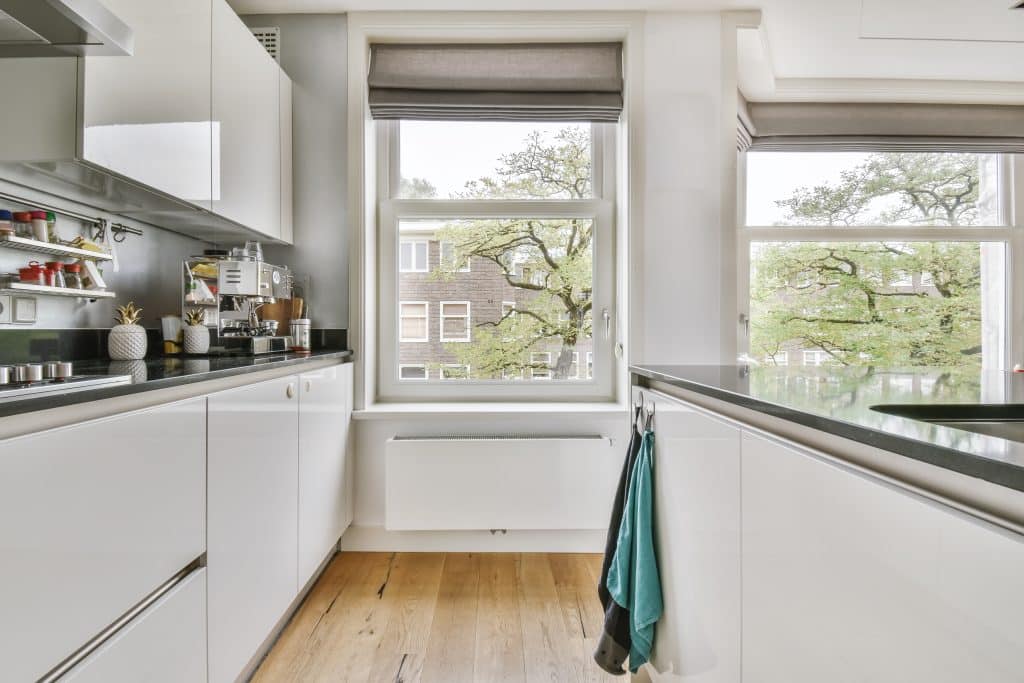
When winter weather rolls in, it’s essential to take steps to protect your home from the cold. One simple and effective way to do this is to install storm windows. Storm windows fit over your existing windows, providing an extra layer of insulation, which can help keep your home warm and comfortable while reducing energy costs.
In addition, storm windows can help reduce noise pollution and protect your windows from severe weather damage. Storm windows are a relatively inexpensive way to winterize your home, and they can significantly affect your comfort level during the coldest months of the year.
Follow These Winterization Tips Today!
Winterizing your home may seem daunting, but it doesn’t have to be overwhelming. Taking steps like the ones listed above can help ensure that your home is ready for the winter season. Don’t wait until it’s too late! Start following these winterization tips today!



